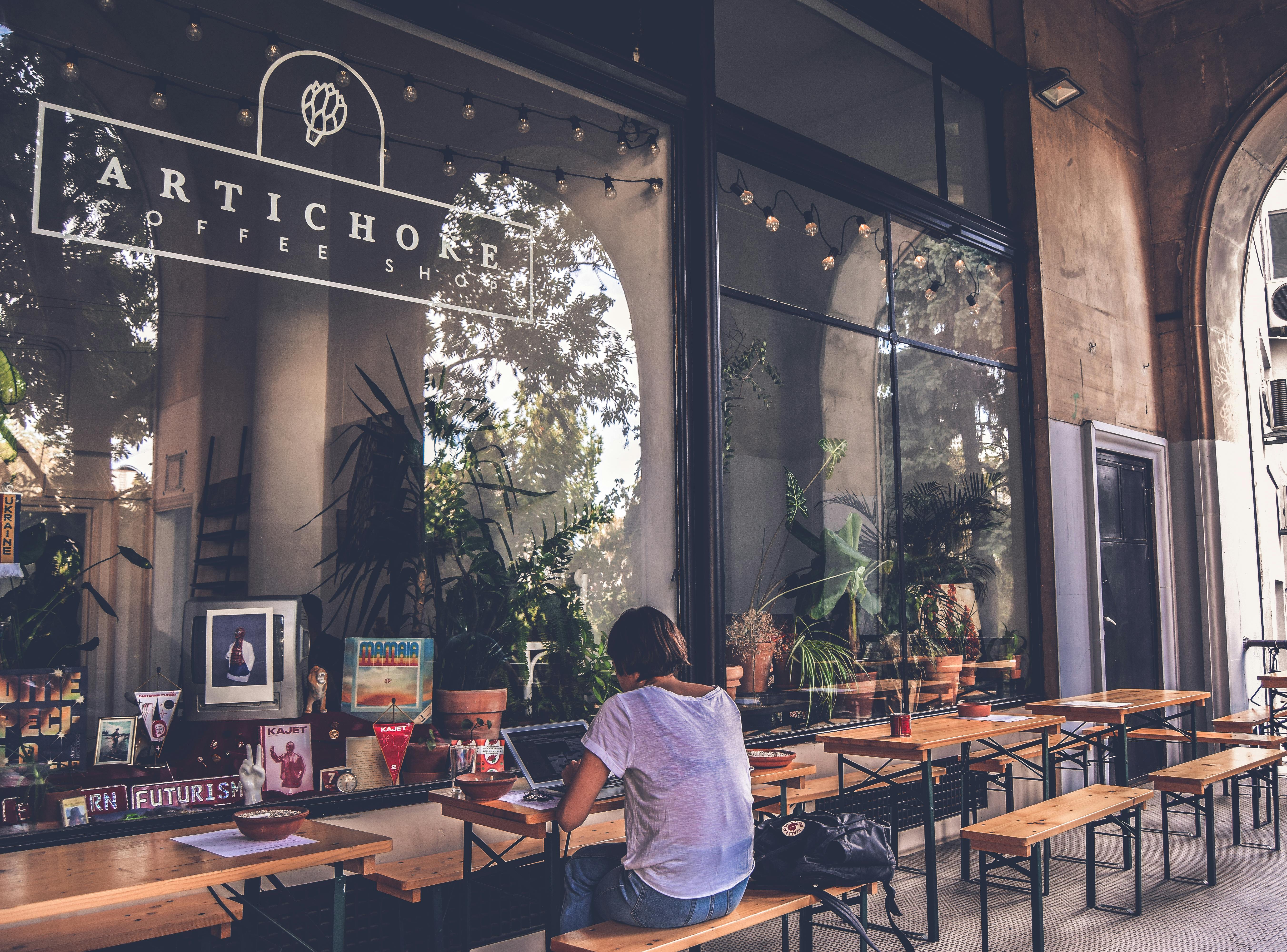Artist Printing and 3D Rendering Process and Workflow

Process and workflow
The following example is a guide on how to create a 3D artist impression or 3D rendering. The following example is for an external rendering, however a very similar process applies for 3D floor plans and internal renderings.
What files are needed – Step 1
What is initially required from the client is a set of PDF plans that includes detailed plans, elevations, and any site information. If possible and available, you will also need your designer’s or architect’s CAD file/.dwg file if available, as this can be helpful for accuracy and some additional design details.
Some photos or images can also be useful, these can be from your site, houses you have seen, or show houses or images of colors and materials you like. The more information you receive initially, the better.
The more information you can provide initially, you should limit the number of drafts back and forth, as you’ll have a pretty good idea of what you’d like to accomplish at the start of the project.
You will also need to ask your client for the approximate location of the vantage point or area of the house they would like for their 3D rendering. You can then capture the correct viewpoint and elevation in the initial model and viewpoint setup.
The standard image size is 4000 x 3000 pixels for the final 3D rendering artist impression. The final images are suitable for the Internet, brochures, print media, and billboards.
If you need the 3D rendering to be printed on a large billboard, you’ll need to know the dimensions and DPI required for the final image.
Step 2 is the creation of the 3D model
From the initial plans, elevations, reference images you provided, it creates the 3D model of the property and sets up 3 viewpoint options for you to choose from. Point of view drafts will be emailed to you for approval and you will proceed to the next stage with the selected point of view. If modifications are required to the initial views that are configured, it will make the changes and submit another set of drafts to choose from.
Step 3 – Color, Material and Lighting Settings
When the point of view has been chosen, the initial model has been approved, you will then move on to color and materials and apply them to the model.
At this stage, you’ll need color specifications, reference images, and anything else that relates to the look you’d like to achieve with the property or development.
You may not know everything you’d like, which is okay. I would then apply the initial colors and materials to the design and submit a draft, the client can make further changes and add more selections once they have seen the initial draft. Continue to repeat this process with drafts until the colors and materials have been approved.
It normally allows for around 3 separate drafts throughout this stage. Depending on the project, you may need to include more. This is evaluated on a project-by-project basis.
It will only move to the next stage once the draft has been fully approved.
Step 4 is the stage of landscaping and subsequent work.
Once the previous draft of color and material has been fully approved, you will proceed to the final rendering. This process typically takes 6-8 hours of render time through the rendering engine. The time taken to render depends on many factors, however it is usually 6-8 hours. The final rendered image will be around 4000×3000 pixels in size. Again, if a larger size is required, you’ll need to know this before the final build.
Once the final image has been generated, landscaping proceeds. The image file opens in Photoshop. This is where you add the background, plants, trees, and grass. You can also add additional effects to the image through Photoshop, called post work.
Only use trees and plants that are real life photos. This gives the realistic effect to the image.
Also add the necessary cars and people to the image.
Once the final image is fully completed and landscaped and submitted, you will have the opportunity to make 1 batch of changes in the Landscaping and Post Work step.